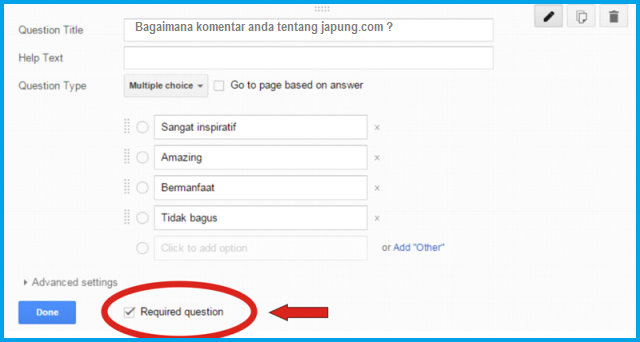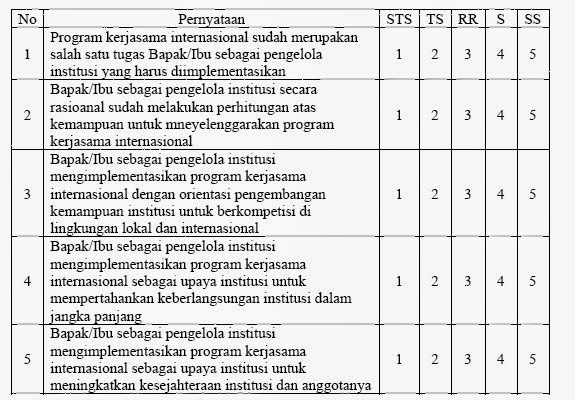Unlocking Insights: Your Guide to Likert Scales in Excel
Imagine this: you've just launched a fantastic new product, but how do you really know what your customers think? You need a way to gather their opinions and feelings in a structured and measurable way. Enter the Likert scale, a simple yet powerful tool that can help you do just that.
At its core, a Likert scale is a survey question type that allows respondents to express their level of agreement or disagreement with a statement. You've probably encountered them countless times: "On a scale of 1 to 5, with 1 being strongly disagree and 5 being strongly agree, how satisfied are you with our product?". Now, imagine being able to easily analyze hundreds or even thousands of responses like this using the power of Excel. That's what we'll unlock in this article.
No more sifting through piles of paper surveys or wrestling with clunky software. We're going to dive deep into the world of crafting and analyzing Likert scales using the trusty spreadsheet program we know and love (or love to hate): Microsoft Excel. Get ready to become a data-driven decision-making machine!
Why Excel, you ask? Because it's a readily available tool for most people and businesses. No need for expensive specialized software. With a little know-how, you can transform raw data into insightful charts and graphs, revealing hidden patterns and trends in your Likert scale responses.
Whether you're a seasoned business owner, a student conducting research, or just someone who wants to make sense of data, understanding how to work with Likert scales in Excel is an invaluable skill. Let's roll up our sleeves and get started!
Advantages and Disadvantages of Using Excel for Likert Scale Analysis
While Excel offers a readily available solution for analyzing Likert scale data, it's essential to understand both its strengths and limitations:
| Advantages | Disadvantages |
|---|---|
|
|
Five Best Practices for Implementing Likert Scales in Excel
- Keep it Consistent: Use a consistent scale throughout your survey (e.g., always 1-5, not mixing with 1-7 scales).
- Label Clearly: Clearly label each point on your scale (e.g., Strongly Disagree, Disagree, Neutral, Agree, Strongly Agree).
- Use Descriptive Column Headers: In your Excel sheet, use clear and concise column headers to represent your questions and response options.
- Data Validation is Key: Use Excel's Data Validation feature to restrict responses to valid values (e.g., only numbers 1 through 5).
- Visualize Your Findings: Utilize Excel's charting capabilities to create visually appealing bar charts or column charts to represent the distribution of responses.
By understanding the strengths and limitations of Excel and following these best practices, you can effectively use Likert scales to gain valuable insights from your data. Remember, the goal is to make informed decisions, and a well-structured Likert scale analysis in Excel can be your guide.
Unlocking nfl predictions your guide to u pick em
Why does my carpet look matted fixes prevention
The enduring power of love is patient love is kind imagery














